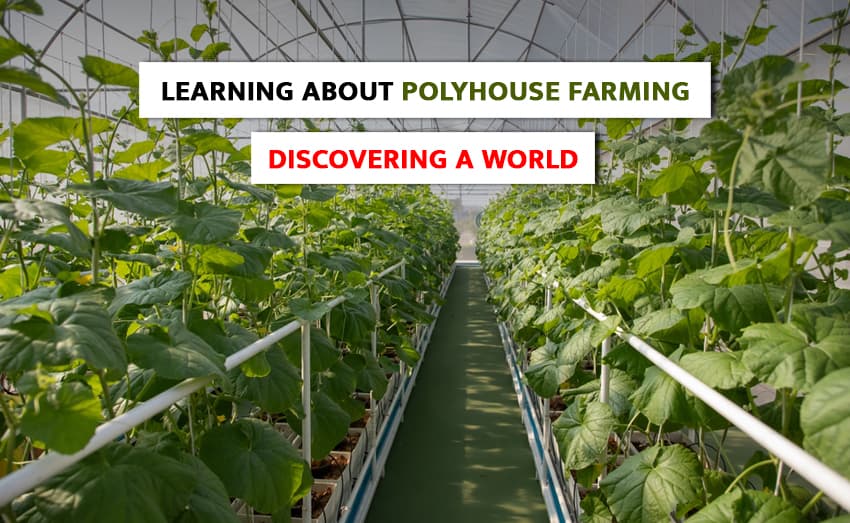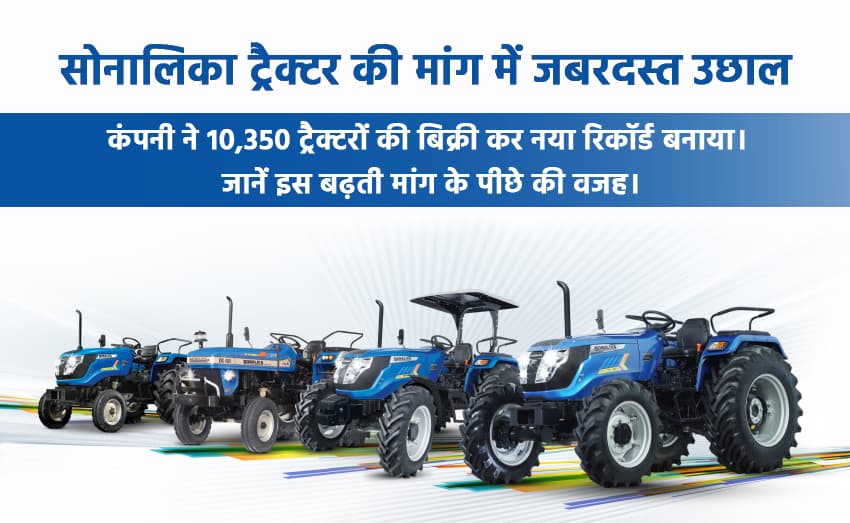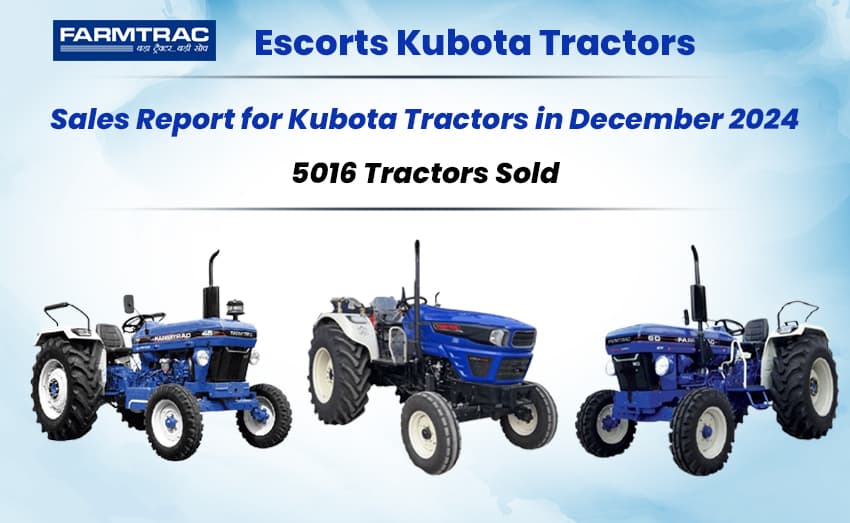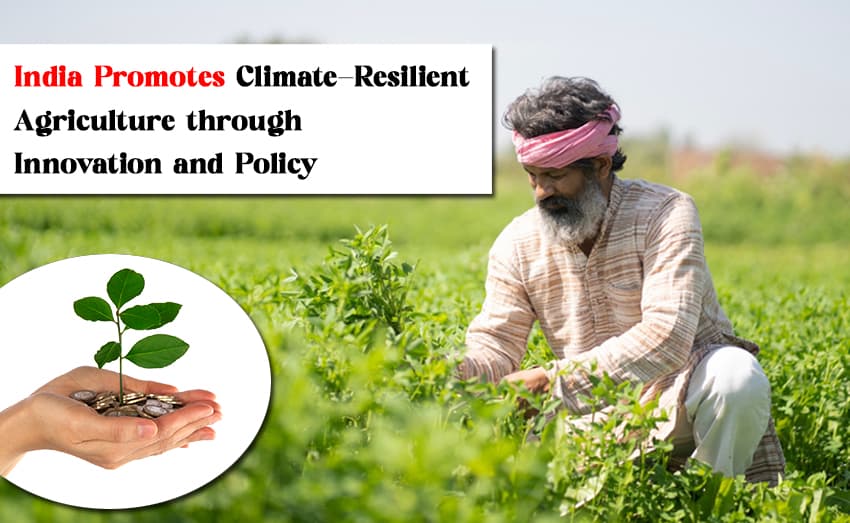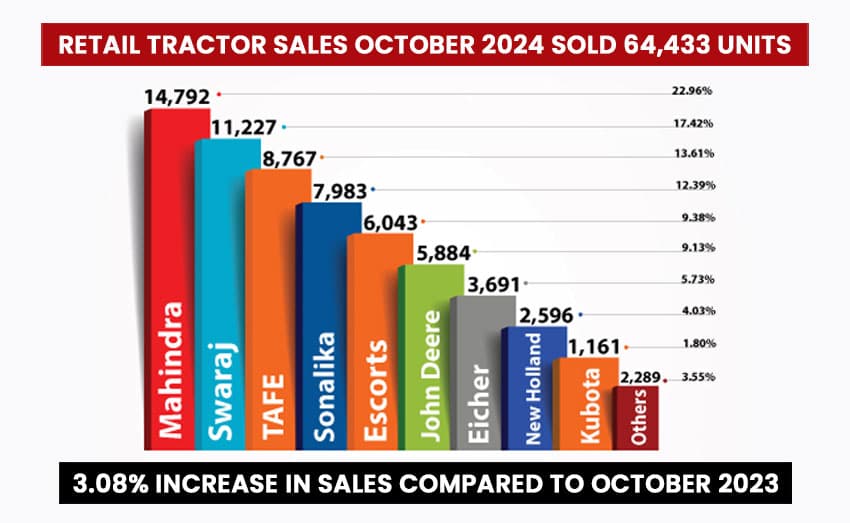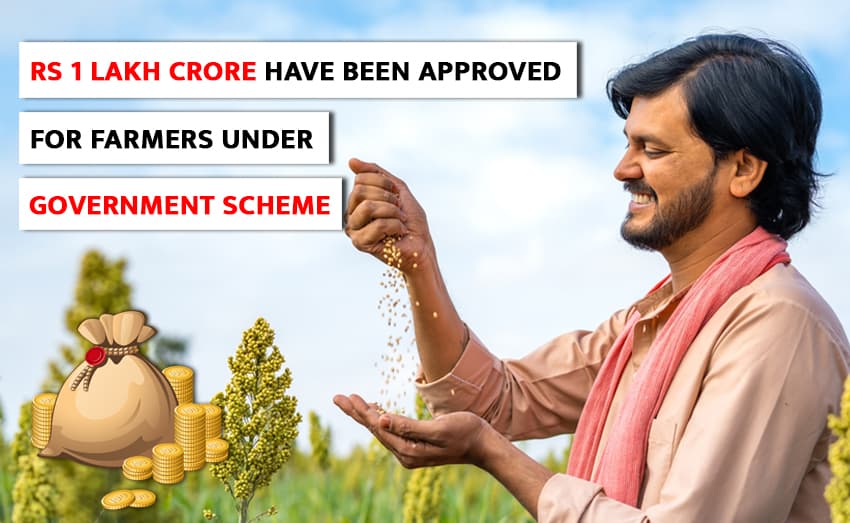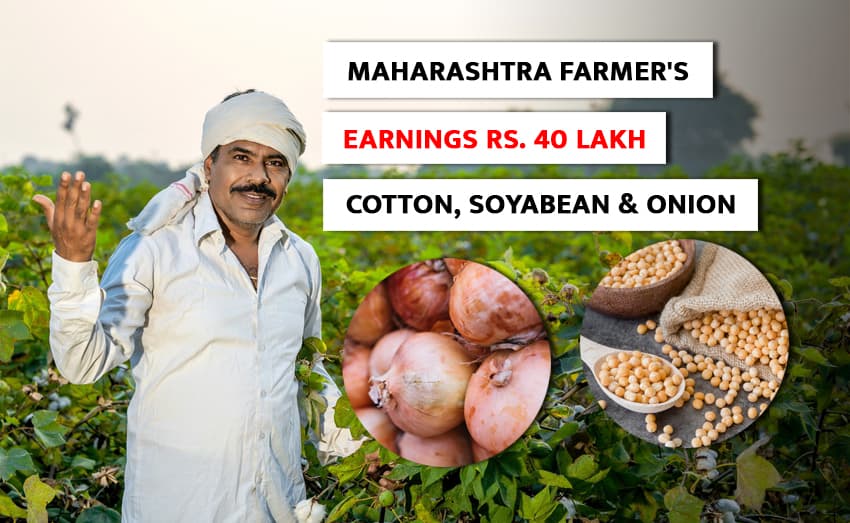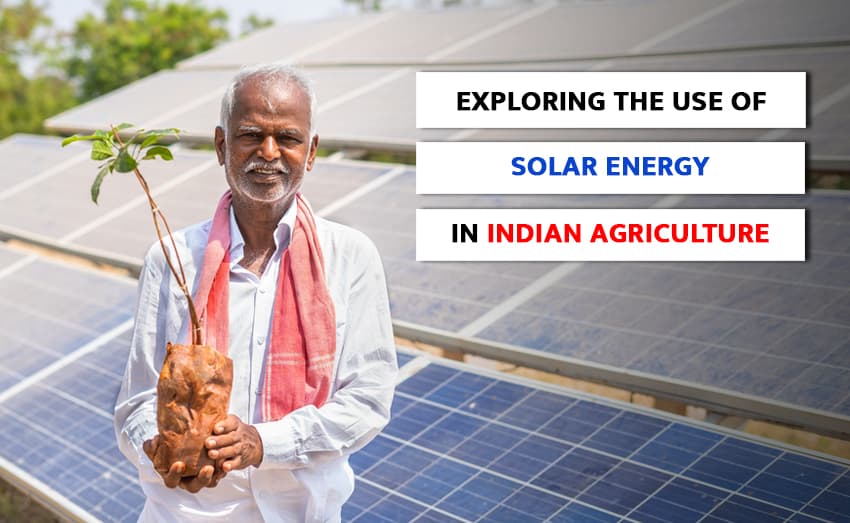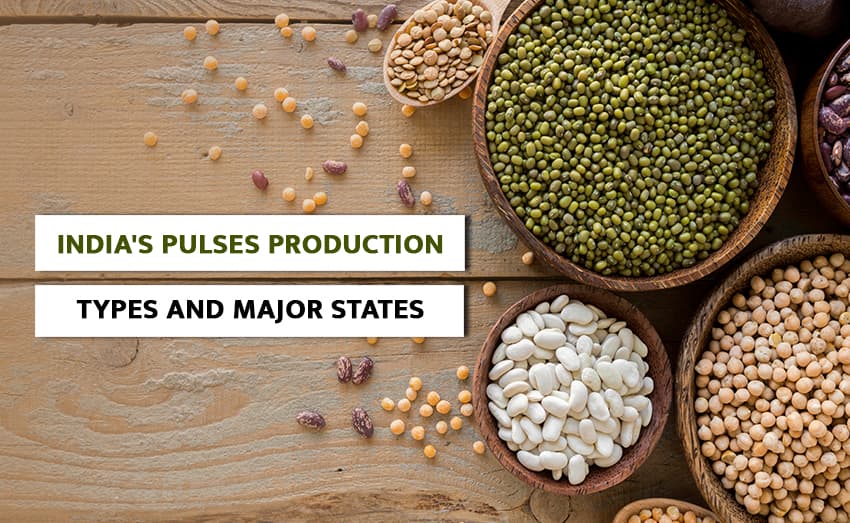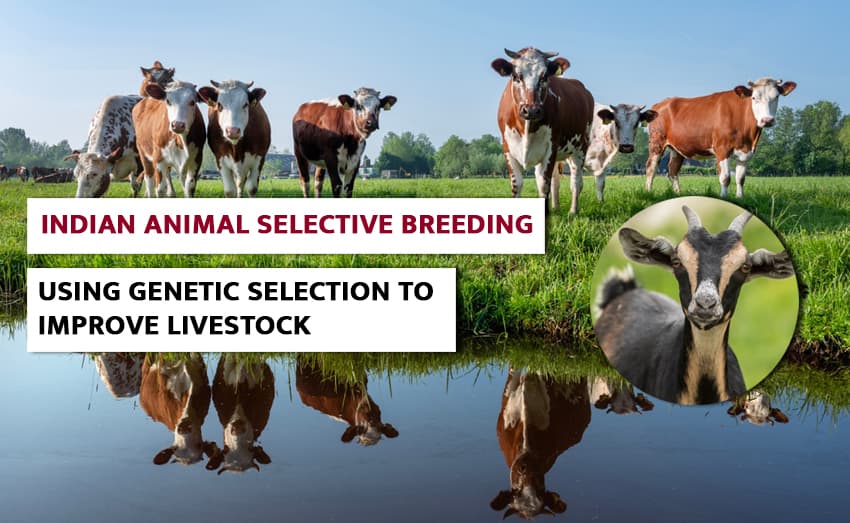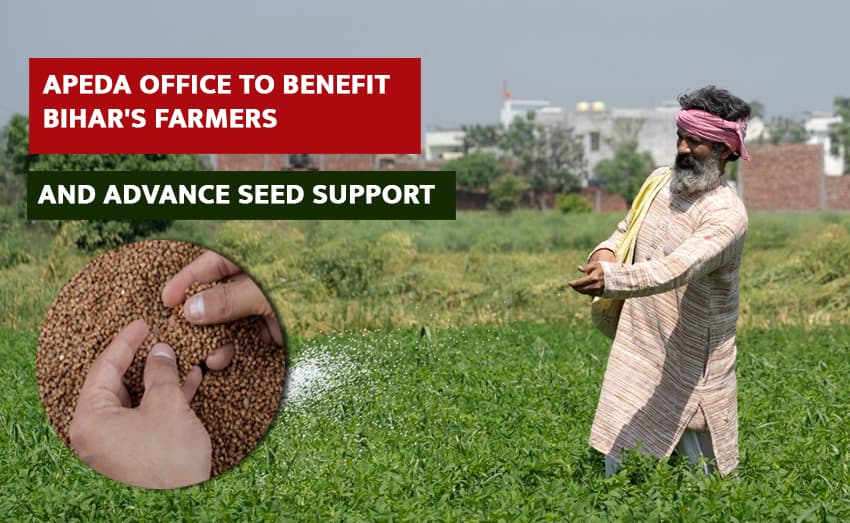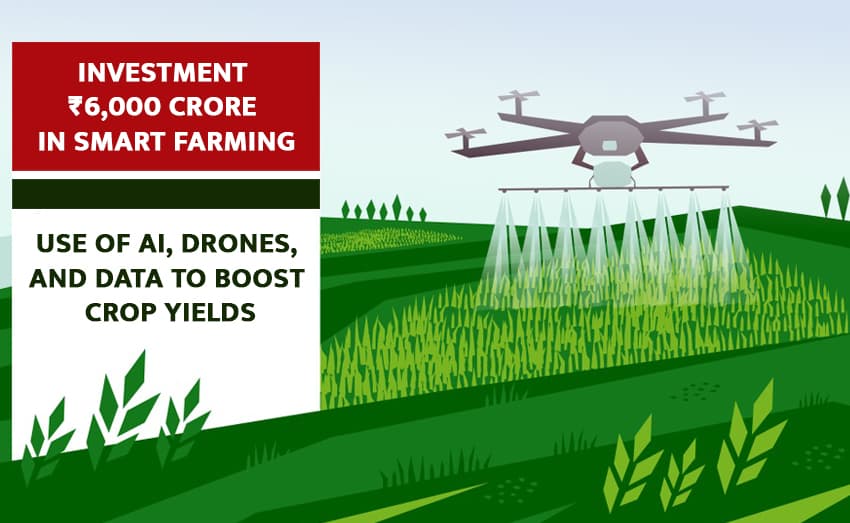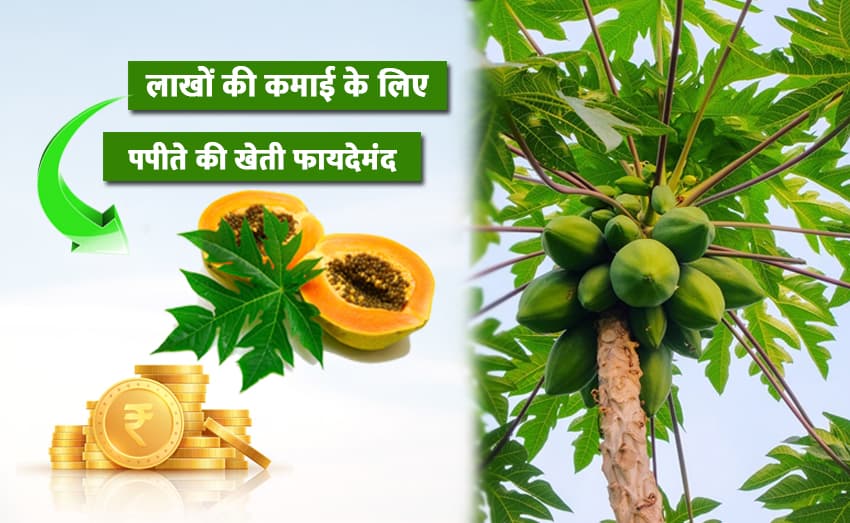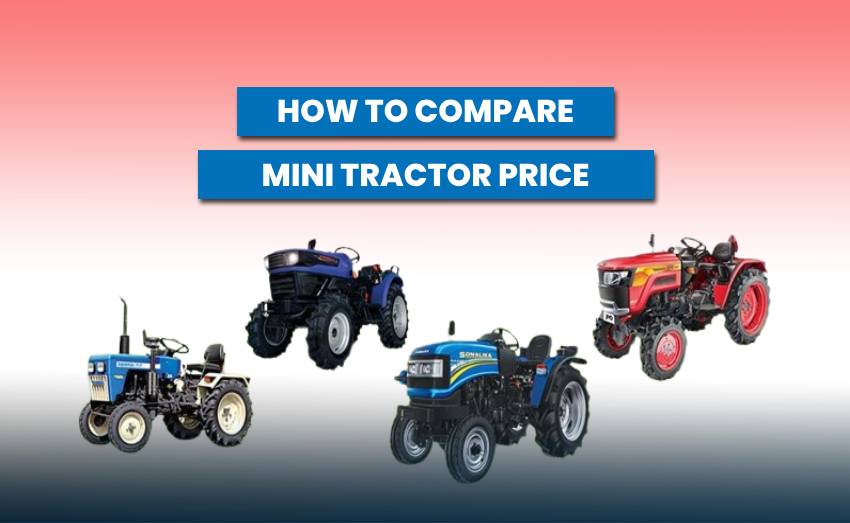Modern technical developments have us living in a world where daily advances in more and more techniques are developing. Two such approaches that are becoming somewhat common are polyhouse farming and greenhouse farming. This blog will discuss the world of polyhouse farming in India together with its varieties, components, techniques, benefits etc. Let's explore the blog.
First we must define polyhouse farming before we can learn about it. Right? Let us attempt to define a polyhouse. Made of polyethylene, a translucent material allowing controlled climatic conditions for plant growth, a polyhouse is Depending on the crop budget and type, polyhouses can be either enormous or tiny. We now have a concept of polyhouse; let us now delve further into polyhouse farming.
Originally brought in the early 1980s, polyhouse farming is a form of greenhouse farming. In polyhouse farming, crops are cultivated under regulated climatic circumstances and farmers may readily change temperature and humidity according to the need of the crop. In India, its cost factor makes technology somewhat well-known. Polyhouse is very important since it helps plants to grow effectively and shields them from severe weather events such sunlight exposure, winds etc. Furthermore superior than open farming is this kind of farming produces more consistent crop results.
Various kinds of polyhouses
Three basic groups define polyhouses depending on environmental control system, form and technology: Please find below a review of every kind of polyhouse.
1. Drawing on Environmental Control Systems
- Normally ventilated polyhouse
- environmental regulated polyhouse
2. Drawing on Shape
- Slant-to
- Even span
- Not even a span
- Furrow and ridge
- saw a tooth
- quonset.
3. Predicted by Technology
- Low cost
- Medium cost
- High cost
Polyhouses depending on environmental control systems are more common in India than others. Let us thoroughly grasp every kind.
Naturally ventilated polyhouses
A simple and classic form of polyhouse is a naturally ventilated one. Its climate is under control thanks to drip irrigation systems, foggers, insect control mechanisms, and ventilation control. They enable excellent crop development and totally control the indoor climatic conditions.
Ecological Controlled Polyhouse
Conversely, a modern version of polyhouse is environmental managed polyhouse. It also has extra useful qualities that allow one to adjust temperature, humidity, etc. With its striking characteristics, which help to develop the off-season crop, it is a more advanced type of polyhouse.
Polyhouse's components include
Polyethylene – Polyethylene is the most crucial element of a polyhouse since most of them consist of transparent, cheap, flexible polythene, which is well sealed. Polyhouses so reduce thermal radiation, hence regulates temperature and humidity.
Heating Systems – In the lack of enough solar energy, heating systems cover polyhouses with jute clothing during the day and at night to preserve inner temperature.
Cooling Systems – One needs cooling systems in hot weather. Providing enough ventilation and getting the interior air of polyhouse out of it helps to cool it. It could be natural or with high power fan installation.
Watering Systems – Before building the polyhouse, water systems are tested to ensure the water quality is suitable. One should thoroughly check the water sources. One could make use of micro irrigation devices including sprinklers and drip irrigation. drip irrigation makes use of filtration systems, a PVC tube, pump and tubing.
Shading Systems - High light intensity polyhouse is shielded from by shading mechanisms. Usually utilised are shades paints, agro-shade nets or retractable thermal screens.
Fertigation – Fertigation is the simultaneous application of fertilisers through the irrigation system to satisfy the particular demand of the crops. It differs from single broadcasting of fertilisers to the application of soluble grade fertilisers over several operational systems.
Environmental Control – Water flowing pump or exhaust fan, incandescent lamps, and fluorescent tubes shields polyhouses from temperature, humidity, and light.
Varieties of Crops cultivated in Polyhouse Agriculture
Under the synthetic roof, off season crops are grown in polyhouses. Along with unusual flowers, there are many kinds of fruits and vegetables.
|
Fruits |
Vegetables |
Flowers |
Nursery Plantations |
|
Raspberries |
Capsicum |
Chrysanthemum |
Cacti |
|
Strawberries |
Tomatoes |
Gerbera |
Colourful Exotic Plants |
|
Muskmelon |
Chillies |
Orchid |
Miniature species |
|
Peach |
English Cucumber |
Rose |
Ornamental indoor plants, etc. |
|
Papaya |
Leafy Vegetables |
Carnation |
|
|
Grapes |
|
|
|
|
Pomegranate |
|
|
|
|
Banana |
|
|
|
Polyhouses grow most often used crops of these kinds. Take into account market need, meteorological conditions, and tastes in crop choice.
Variations in Polyhouse Farming from Greenhouse Farming
|
Aspect |
Polyhouse |
Greenhouse |
|
Structure |
Polyethylene or other plastic materials are used to cover a metal framework. |
galvanised steel frameworks with glass or polycarbonate panels |
|
Insulation |
The polyethylene covering provides moderate insulation. |
Superior insulation is provided by polycarbonate or glass panels. |
|
Light Transmission |
Allows sunlight to penetrate, but may cause light to be scattered |
Creates optimal conditions for plant photosynthesis by minimising light scattering and providing outstanding light transmission |
|
Temperature Control |
Provides restricted temperature regulation through shade netting and ventilation |
Facilitates precise temperature regulation by means of advanced climate control technology, heating systems, and ventilation.
|
|
Durability |
Shortened lifespan as a result of plastic coatings |
Glass or polycarbonate panels are utilised in greenhouses, which are generally more durable. |
|
Cost |
More cost-effective |
Less cost-effective |
|
Suitable Crops |
Suitable for the cultivation of certain fruit commodities, flowers, and vegetables |
Suitable for a diverse array of crops, such as delicate flowers, high-value crops, and plants that necessitate precision environmental control |
Benefits of Polyhouse Agriculture
- Underregulated climatic circumstances including temperature, heat, wind, etc.
- Year-round crops in general.
- Advocate for natural farming.
- Less invasion by insects and pests.
- Minish the influence of the outside temperature.
- Best profit in a minimum area under development.
- Superior produce.
- One can also produce decorative crops.
- Yield increases 8–10 times.
- Simple method of applying fertiliser.
Government Projects for Polyhouse Agriculture
This is the Department of Agriculture and Cooperation within the Ministry of Agriculture of the Government. of India grants Horticulture Infrastructure (Green house, Poly House, Structure etc.) several support patterns or subsidies.
Under Mission for Integrated Development of Horticulture (MIDH) under National Horticulture Mission (NHM) under Horticulture Mission for Northeast & Himalayan States (HMNEH):
Protected Cultivation Green House, Fan & Pad System has received 50% of cost (15% higher for hilly areas), Rs. 700/-to 825/-per sq. metre support. Limited to 4000 sq. metre per recipient.
50% of the cost—15% more in hilly regions—
(A) Rs. 530/-per sq. m., or 422/-. Wooden building with a tubular form
(B) Rs. 270/-per sq. m.,
(C) Rs. 225/-per sq. m. Bamboo construction
Has been given to the naturally ventilated system with maximum 4000 square meters per beneficiary.
(A) Shade Net House has received 50% of cost (15% more for hilly areas) up to Rs. 355/-per sq. metre. Maximum 1000 sq. m per recipient.
(B) Bamboo and timber buildings respectively get 50% of cost (15% more for mountainous areas), Rs. 180/- and Rs. 246 per sq. metre; Maximum 200 sq. m per beneficiary limited to 5 units.
(C) Plastic mulch receives 50% of cost (15% more in mountainous regions) up to Rs. 16,000/-hectare.
(D) Plastic Tunnel has received 50% of cost (15% more in mountainous regions) up to Rs. 300/-per square metre. (Maximal 1000 sq. m/ beneficiary)
Polyhouse Agriculture: Future Prospect
Polyhouse farming is becoming somewhat well-known in India. It is the ideal substitute for conventional farming methods and a cheap farming strategy to raise crop yield. Better than any conventional farming practice, it can increase crop output up to eight to ten times. Small-scale farmers also benefit from this approach since they can cultivate practically any type of crop—from exotic off-season crop to seasonal crop. Using less land and water, this farm is more efficient. It also enables farmers to regulate the surroundings, so increasing the output. It can also give a consistent income and guard crops from illnesses and pests. Polyhouse farming will thus continue to be advantageous for the farmers of next years.

